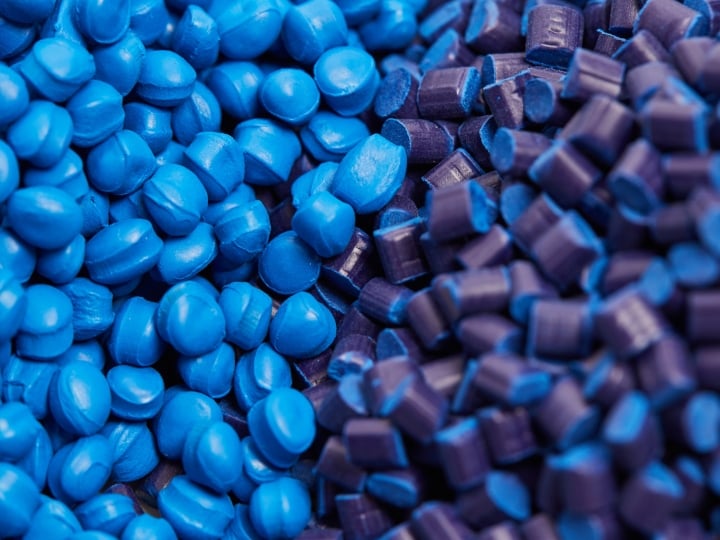Durometer Hardness Shore Hardness ASTM D2240
Scope:
Durometer Hardness is used to determine the relative hardness of soft materials, usually plastic or rubber. The test measures the penetration of a specified indentor into the material under specified conditions of force and time. The hardness value is often used to identify or specify a particular hardness of elastomers or as a quality control measure on lots of material.
Test Procedure:
The specimen is first placed on a hard flat surface. The indentor for the instrument is then pressed into the specimen making sure that it is parallel to the surface. The hardness is read within one second (or as specified by the customer) of firm contact with the specimen.
Specimen size:
The test specimens are generally 6.4mm (¼ in) thick. It is possible to pile several specimens to achieve the 6.4mm thickness, but one specimen is preferred.
Data:
The hardness numbers are derived from a scale. Shore A and Shore D hardness scales are common, with the A scale being used for softer and the D scale being used for harder materials.
**Please note that this test description is intentionally generic in nature and aimed at providing a descriptive summary to enhance test understanding. Due to copyright restrictions, we are not able to provide copies of standards. Standards can be obtained from appropriate standards authorities.

